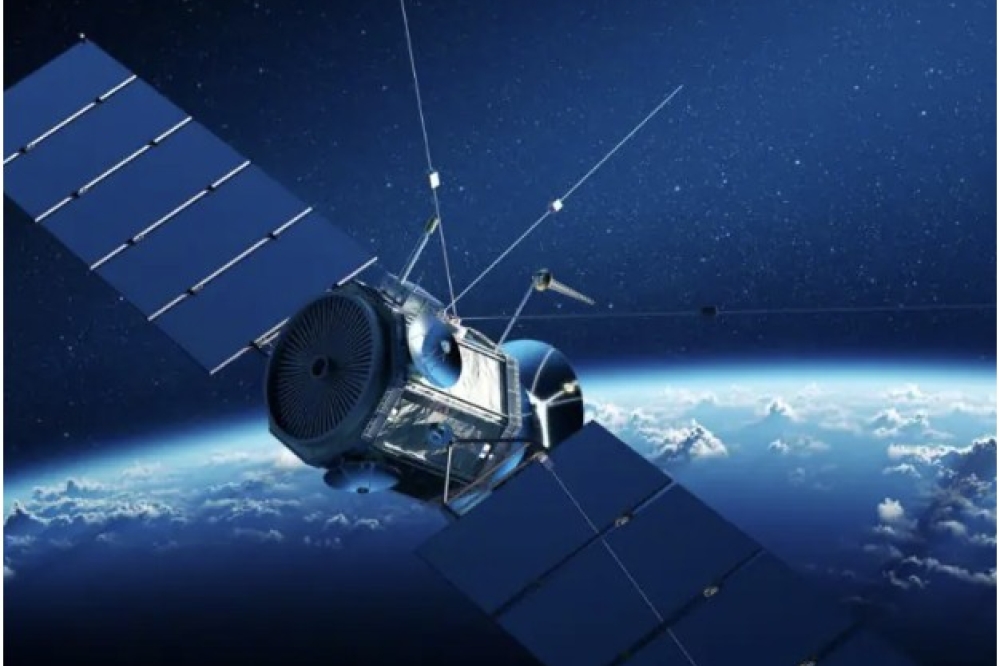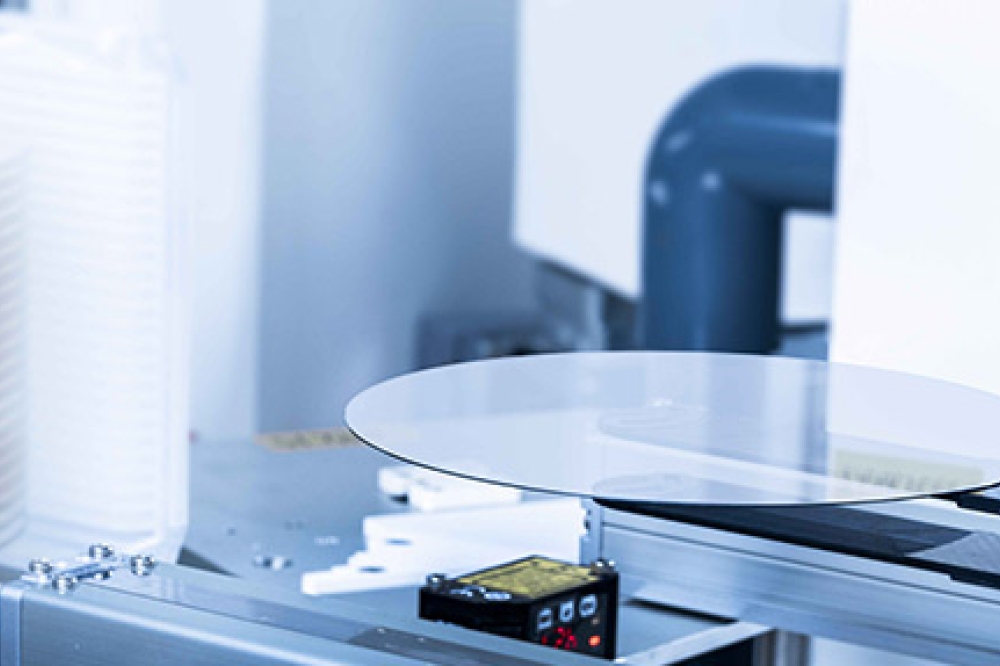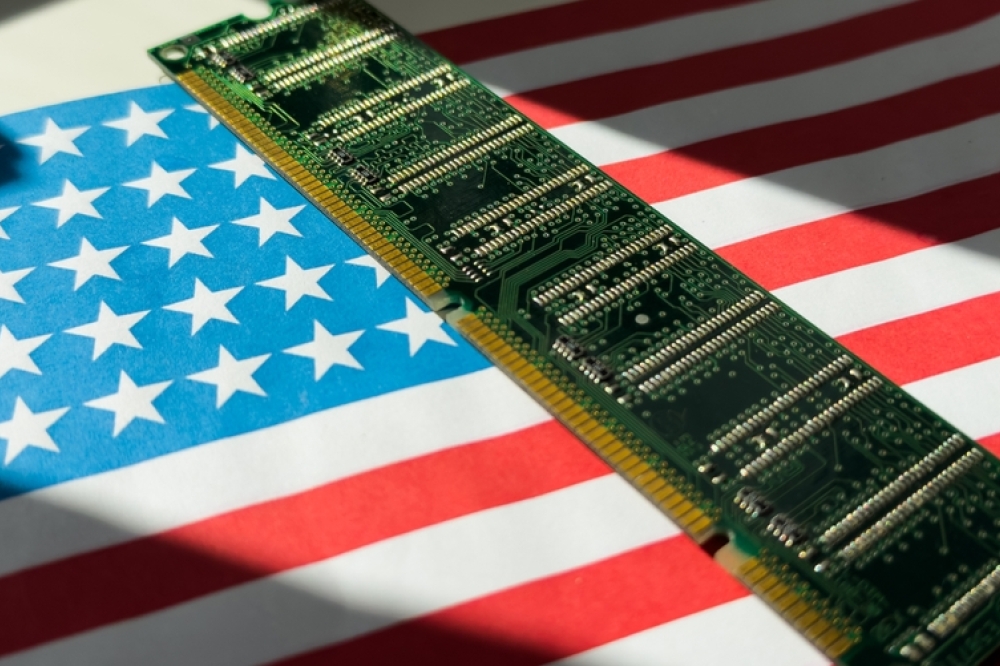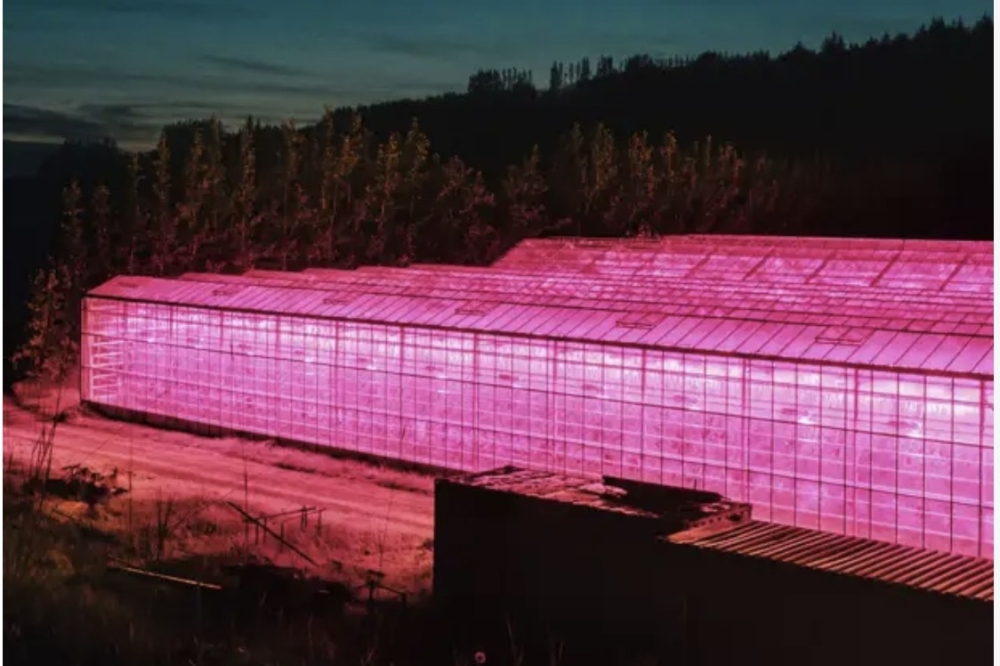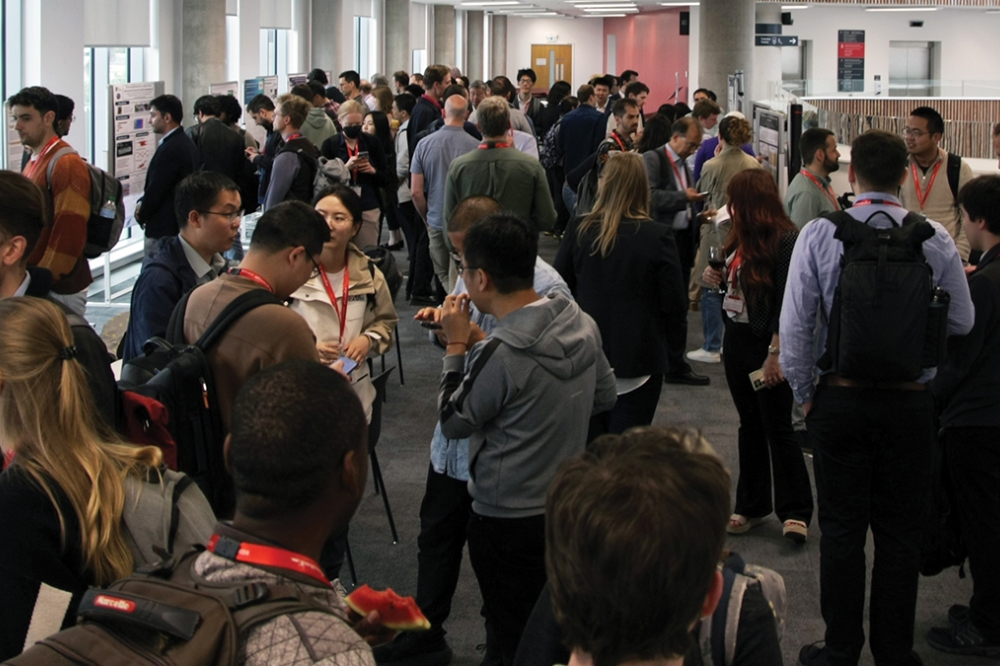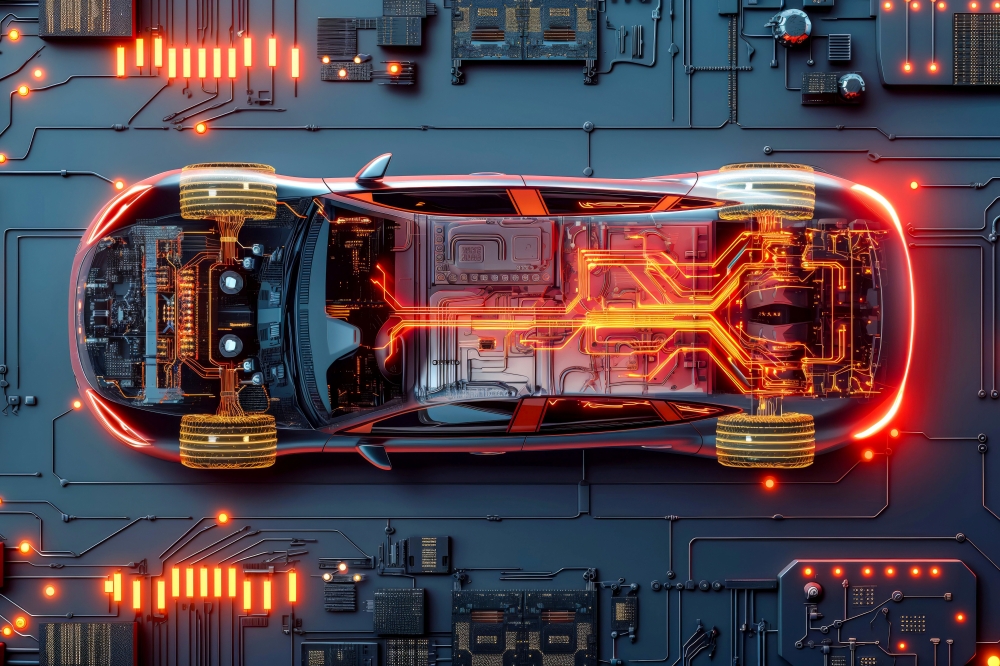Recovering electricity from heat with 44% efficiency

Michigan team uses air bridge to made highly efficient tandem thermophotovoltaic cells
A recent study published in Joule by University of Michigan scientists, has shown thermophotovoltaic cells that can convert infrared radiation into electricity with a power conversion efficiency of 44 percent at 1435°C.
This is within the target range for existing high-temperature energy storage (1200°C-1600°C), and surpasses the 37 percent achieved by previous designs within this range of temperatures.
The mechanically stacked, tandem thermophotovoltaic (TPV) cells feature integrated air-bridge InGaAs and InGaAsP subcells. Stephen Forrest, a professor of Electrical Engineering at U-M and contributing author of the study, describes the design as like "a form of battery, but one that’s very passive."
He says: "You don’t have to mine lithium as you do with electrochemical cells, which means you don’t have to compete with the electric vehicle market. Unlike pumped water for hydroelectric energy storage, you can put it anywhere and don’t need a water source nearby.”
“As we include higher fractions of renewables on the grid to reach decarbonisation goals, we need lower costs and longer durations of energy storage as the energy generated by solar and wind does not match when the energy is used,” added Andrej Lenert, U-M associate professor of chemical engineering and corresponding author of the study.
“Essentially, using electricity to heat something up is a very simple and inexpensive method to store energy relative to lithium ion batteries. It gives you access to many different materials to use as a storage medium for thermal batteries,” Lenert said.
The heated storage material radiates thermal photons with a range of energies. At 1435°C, about 20-30 percent of those have enough energy to generate electricity in the team’s thermophotovoltaic cells. The key to this study was optimising the semiconductor material, which captures the photons, to broaden its preferred photon energies while aligning with the dominant energies produced by the heat source.
But the heat source also produces photons above and below the energies that the semiconductor can convert to electricity. Without careful engineering, those would be lost.
To solve this problem, the researchers built a thin layer of air into the thermophotovoltaic cell just beyond the semiconductor and added a gold reflector beyond the air gap—a structure they call an air bridge. This cavity helped trap photons with the right energies so that they entered the semiconductor and sent the rest back into the heat storage material, where the energy had another chance to be re-emitted as a photon the semiconductor could capture.
“Unlike solar cells, thermophotovoltaic cells can recuperate or recycle photons that are not useful,” said Bosun Roy-Layinde, U-M doctoral student of chemical engineering and first author of the study.
“We’re not yet at the efficiency limit of this technology. I am confident that we will get higher than 44 percent and be pushing 50 percent in the not-too-distant future,” said Forrest.
The team has applied for patent protection with the assistance of U-M Innovation Partnerships and is seeking partners to bring the technology to market.



